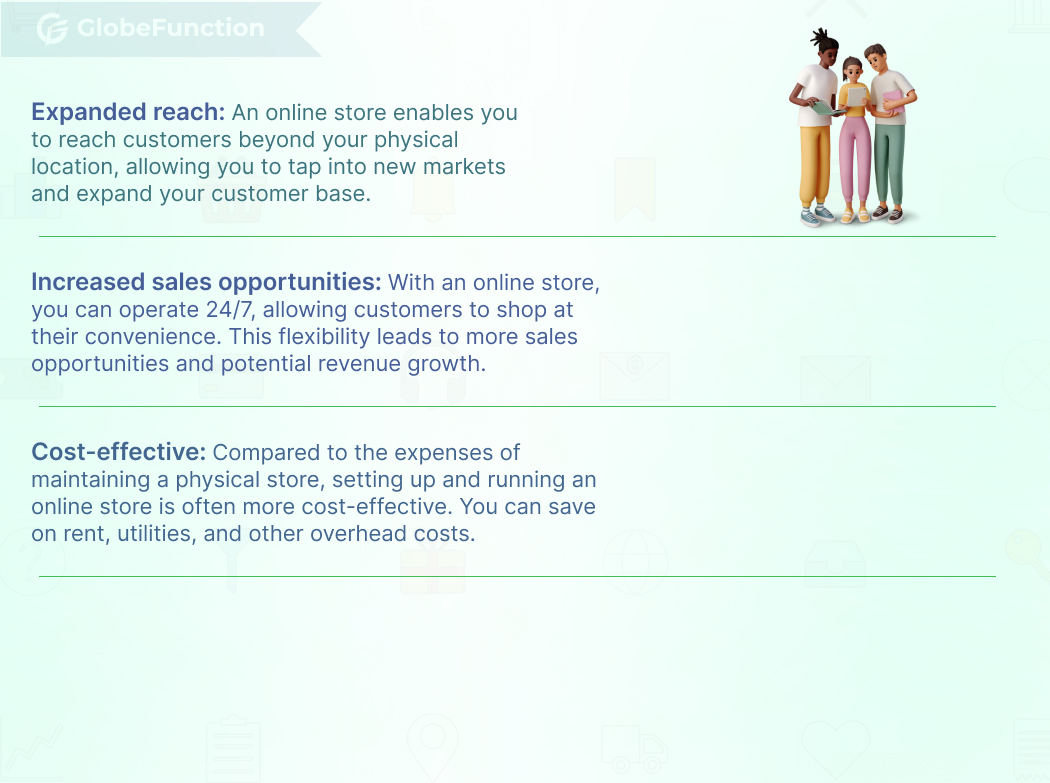The Ultimate Guide to Setting Up an Online Store: Tips and Best Practices Introduction
Introduction
Setting up an online store has become increasingly popular in today’s digital age. More and more businesses are realizing the immense benefits of having an online presence to reach a wider audience and increase their sales potential. In this comprehensive guide, we will explore the essential tips and best practices to help you successfully establish your own online shop.

Importance of setting up an online store
In a world where online shopping has become the norm, having an online store is crucial for businesses to stay competitive. The convenience and accessibility of online shopping have reshaped consumer behavior, with a significant portion of purchases now being made online. By not having an online shop, you could be missing out on a vast pool of potential customers.
Benefits of having an online store

Planning Your Online Store
Before diving into the process of setting up your online shop, it’s crucial to have a solid plan in place. Let’s explore the key steps involved in planning your online shop.
Defining your target audience
Understanding your target audience is the foundation of any successful online store. Conduct market research to identify your ideal customers, their demographics, interests, and purchasing behaviors. This information will guide your product selection, marketing strategies, and overall brand positioning.
Choosing the right e-commerce platform
Selecting the right e-commerce platform is essential for the smooth functioning of your online store. Consider factors such as ease of use, customization options, payment gateway integration, inventory management, and scalability.
Designing a user-friendly website

Building a compelling product catalog
Your product catalog should showcase your offerings in a visually appealing and informative manner. High-quality product images, detailed descriptions, and accurate pricing information are essential. Consider implementing customer reviews and ratings to build trust and credibility.
Setting up secure payment gateways
Providing secure payment options is vital for gaining customer trust. Integrate reputable and secure payment gateways, such as PayPal or Stripe, to ensure safe transactions. Display security badges prominently to reassure customers about the safety of their personal and financial information.
Implementing effective marketing strategies
To drive traffic and sales to your online store, you need to implement effective marketing strategies. Consider utilizing search engine optimization (SEO) techniques to improve your store’s visibility in search engine results. Additionally, leverage social media marketing, email marketing, influencer collaborations, and paid advertising to reach your target audience.
Providing excellent customer support
Delivering exceptional customer support is crucial for building customer loyalty and satisfaction. Offer various communication channels, such as live chat, email, and phone support, to address customer queries and concerns promptly. Consider implementing a robust customer relationship management (CRM) system to manage customer interactions efficiently.

Conclusion
Setting up an online store can be a game-changer for your business. By following the tips and best practices outlined in this guide, you can create a successful online store that attracts customers, drives sales, and helps your business thrive in the digital landscape. Globe Function is one such website or an e-commerce platform to form your own website as per your own customization. Embrace the opportunities offered by e-commerce, adapt to changing consumer behavior, and provide an exceptional online shopping experience to your customers.
FAQs
Exploring the features, scalability, and pricing models.
Utilizing relevant keywords and creating engaging, informative content.
Ensuring a seamless shopping experience for on-the-go customers.
Discussing popular tools like Google Analytics and Shopify Analytics.
Advising on the importance of staying abreast of industry trends and consumer preferences.














